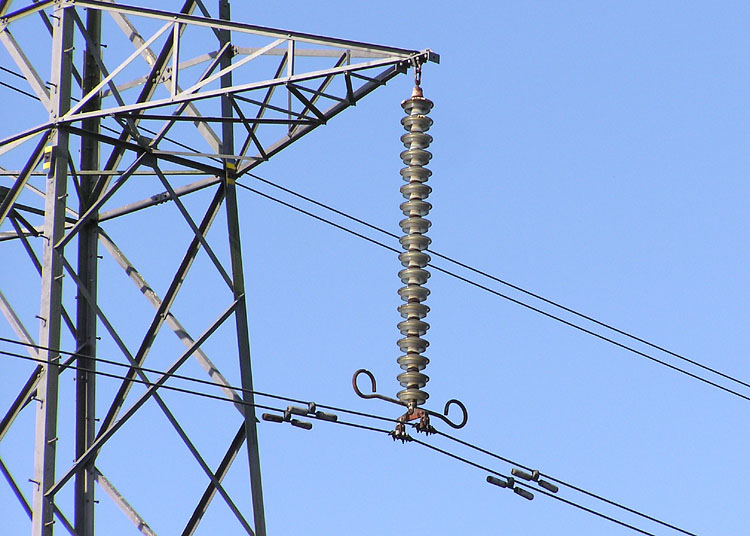The modern electrical power grid could easily qualify as one of the wonders of the world. So much productive work has been invested in our energy distribution system that discussion of it might seem overwhelming at first. However, the principles of electricity are surprisingly simple once the concepts of voltage and transformers are made clear.
What is Voltage?
The best metaphor to use when discussing the differences between voltage, amperes and watts. The electrical system of measurement is often compared to an hydraulic system of water pipes. Where amperes would be a measure of how much water has passed a particular location, voltage would be better understood as the pressure in the pipes.

How is Voltage Used?
When you look at the difference between a power plant’s electrical equipment and the battery on a mobile phone, you might wonder how something the size of a shopping center can safely provide power for something the size of a deck of cards. The answer is found in the process of electrical transmission.
To get power from one place to the next, it must be carried on physical wires, which can obstruct and drain away some of the current through a principle called “resistance.” To overcome this problem, power systems use “step-up” transformers, which increase the voltage, by a factor of five or six times the original voltage, and then send the power along the line. This ensures there will be enough voltage remaining by the time the electricity reaches its destination. The transformer is simply a device that amplifies voltage through the use of a magnetic field.Electrical Principles
Just Enough Power
When the “stepped-up” voltage reaches your neighborhood, the process must be reversed using a “step-down” transformer. This is so your home outlet will have a consistent and measured voltage in the range required by your appliances and electrical mechanisms. Between the two transformers, the electricity is “high voltage” only to facilitate long-range transmission of power.
This is one of the locations where power can be converted from alternating current (AC) to direct current (DC) with the use of a converter.
At the power plant and inside your home, AC voltage must be produced and delivered at a much more manageable level to avoid feeding too much “pressure” to devices that are not equipped to handle it. A high-transmission wire or cable is far more durable than a device filled with precision electronics like a mobile phone. The differences in their capacities for voltage are similar.
Electrical Principles
Basic principles like voltage vs. resistance are the key to understanding a technological achievement like a wide-area power grid. Similar principles are at work in water systems, pneumatic delivery systems and in assembly lines to a certain degree. The ability to produce exact measurements of voltage, current and resistance makes it possible to optimize an energy transmission network for a variety of weather conditions and physical obstacles like landmarks, bodies of water and hot or cold outdoor temperatures.
All of these technologies are responsible for many of the most advanced devices and achievements we enjoy today. At their center is the basic relationship between the power plant, step-up and step-down transformers and the ordinary home electrical outlet.
To know more about visit : http://abbott-tech.com/

























